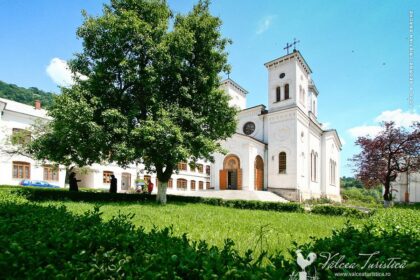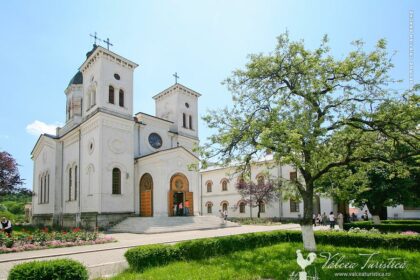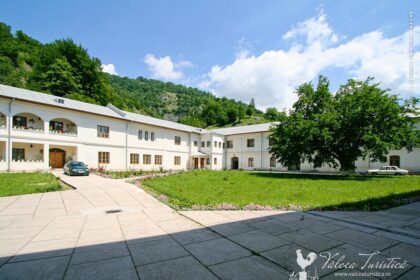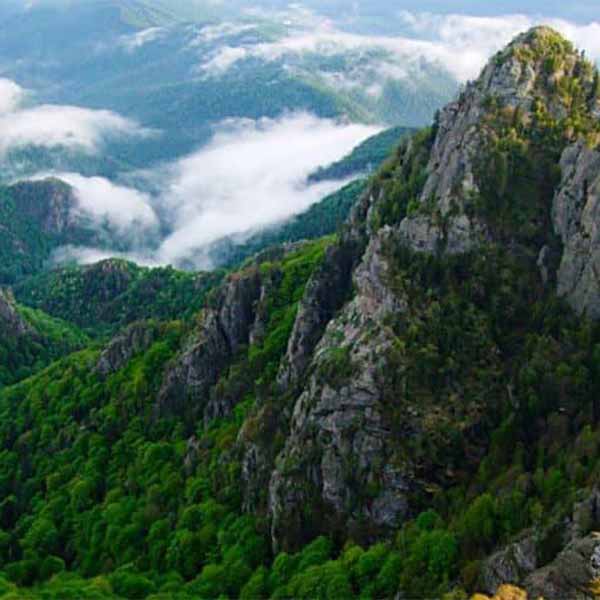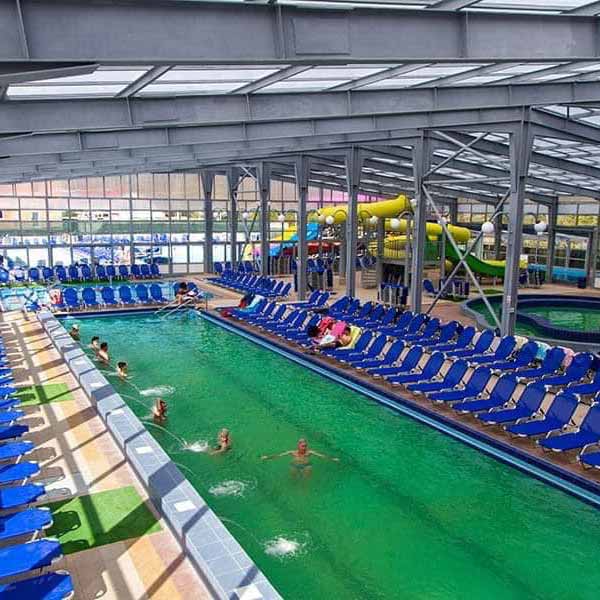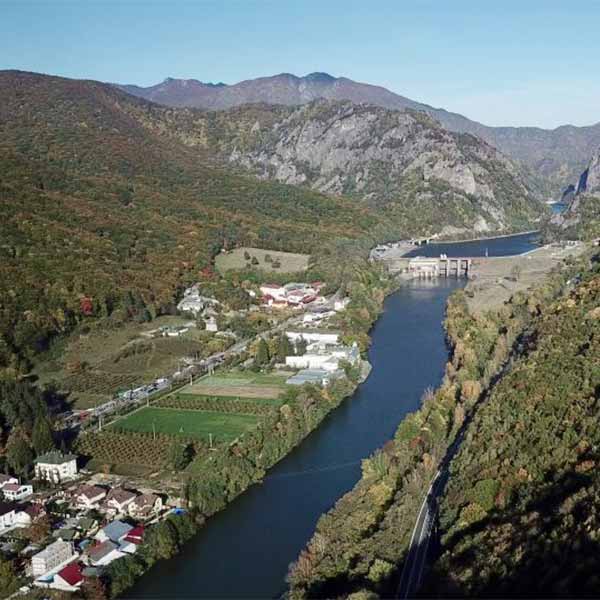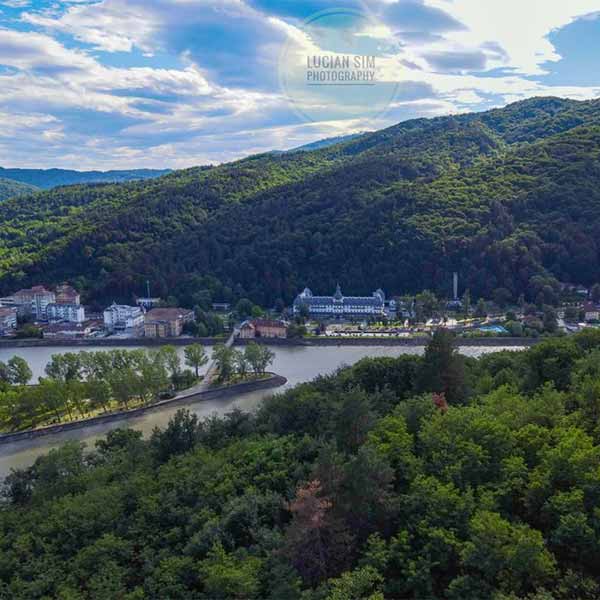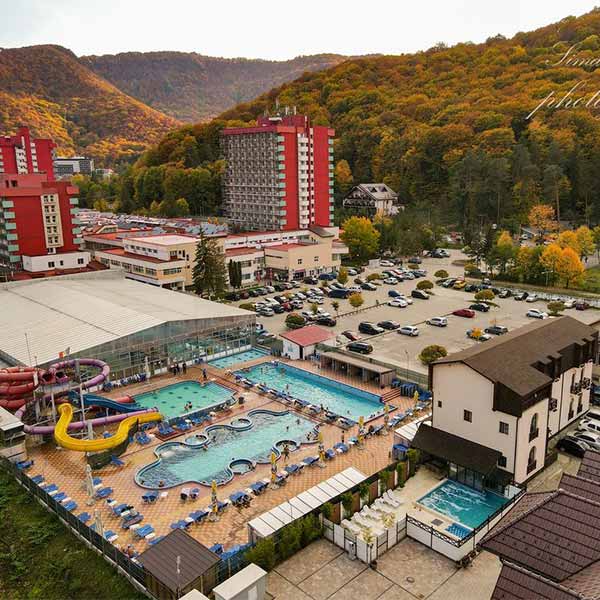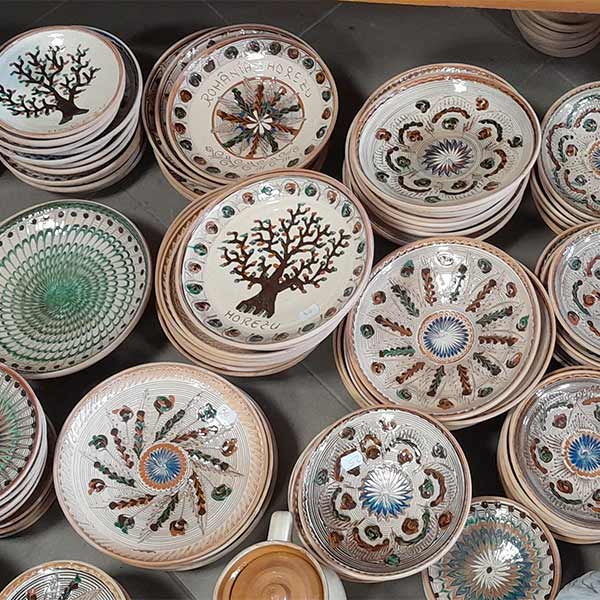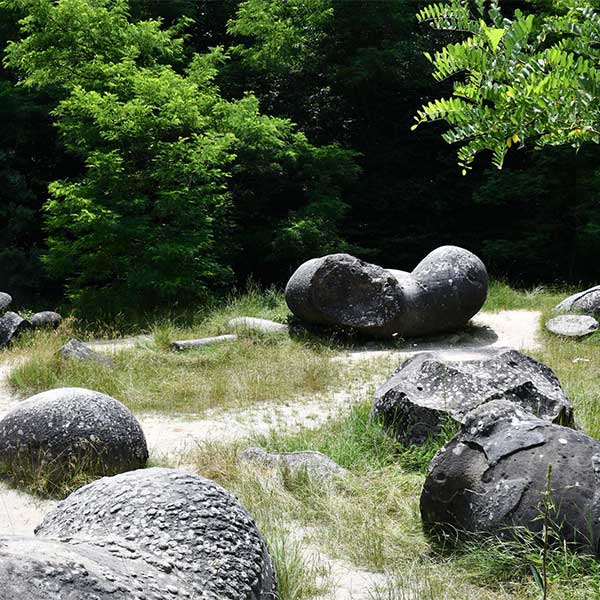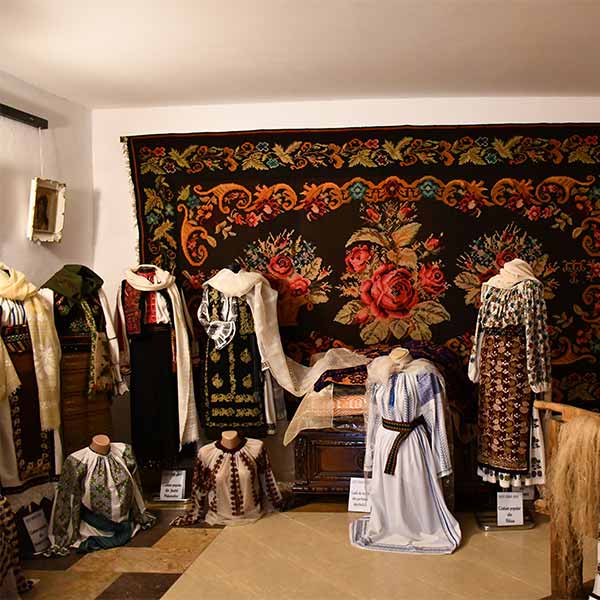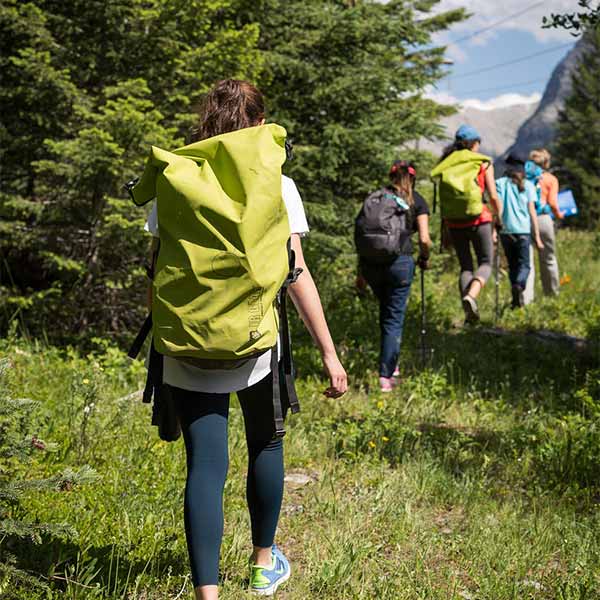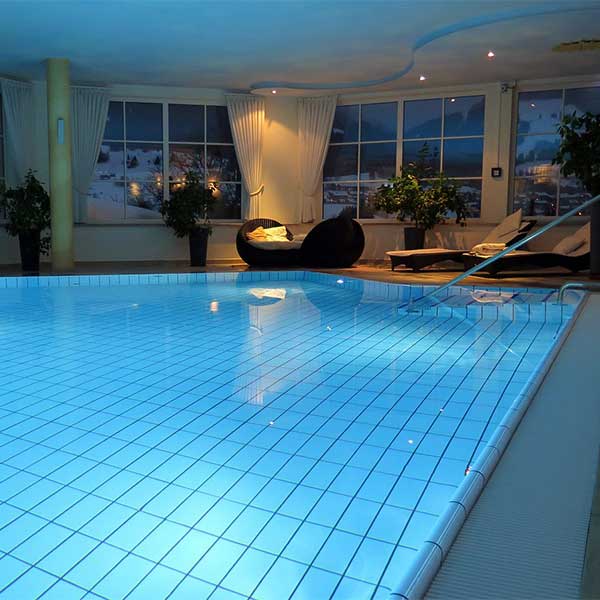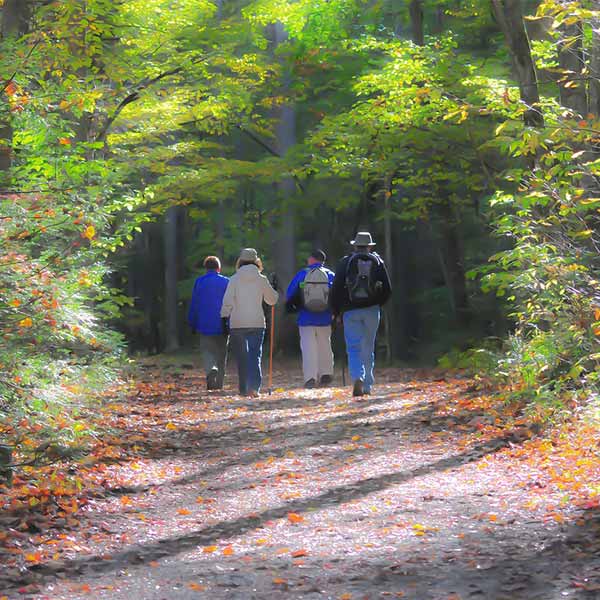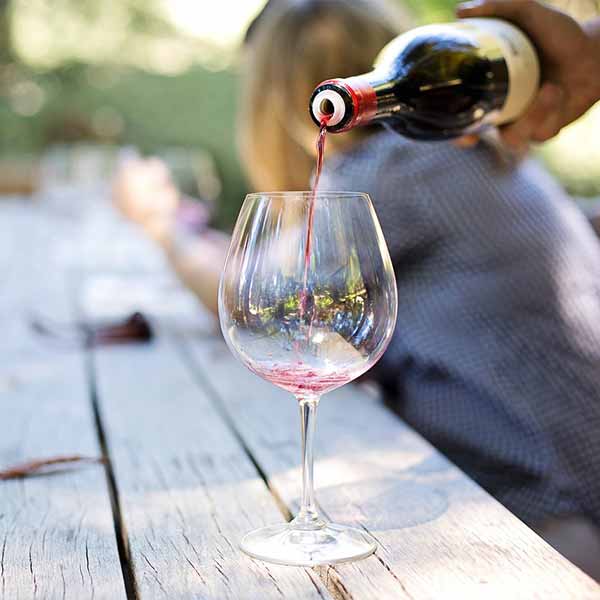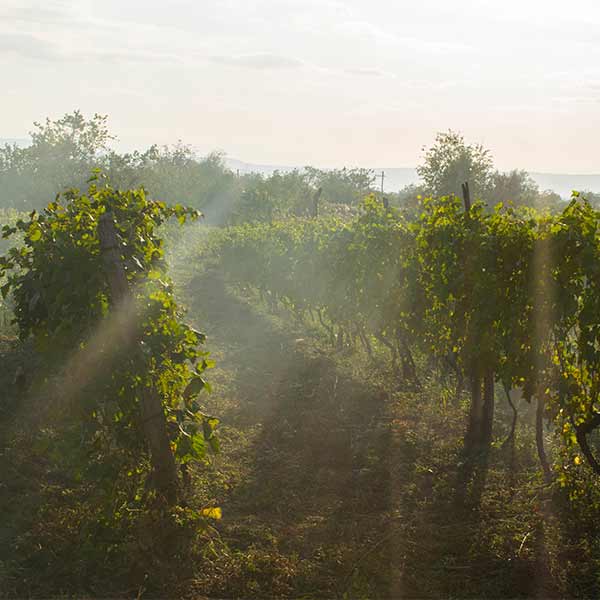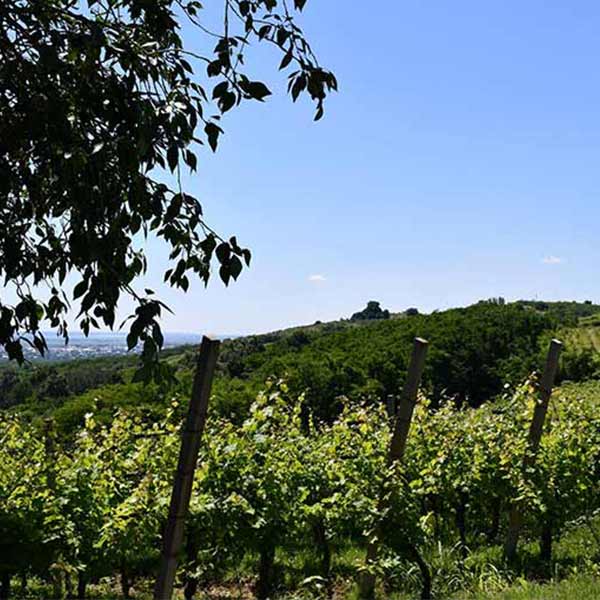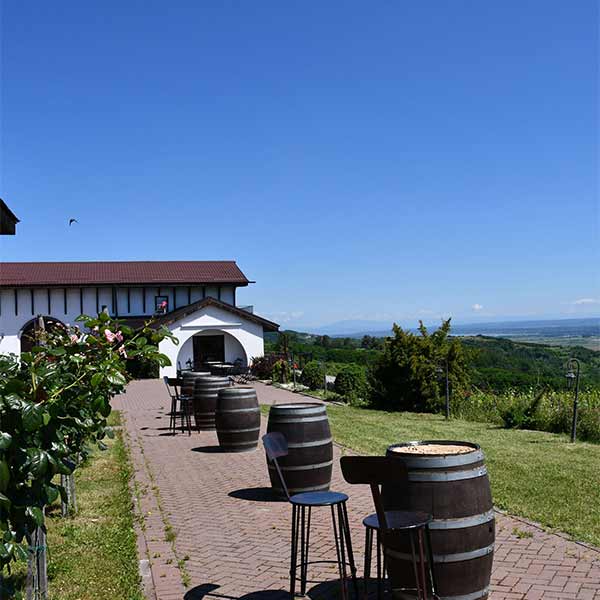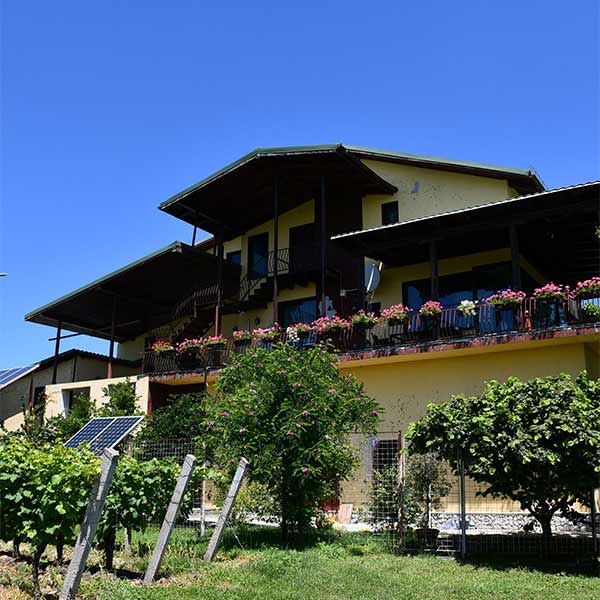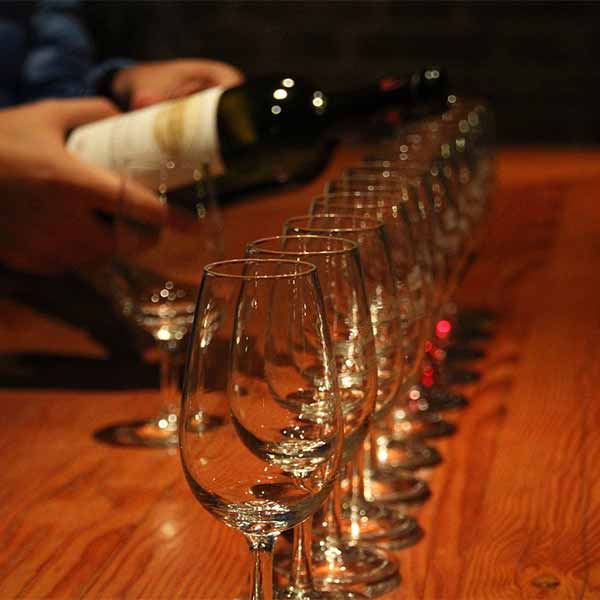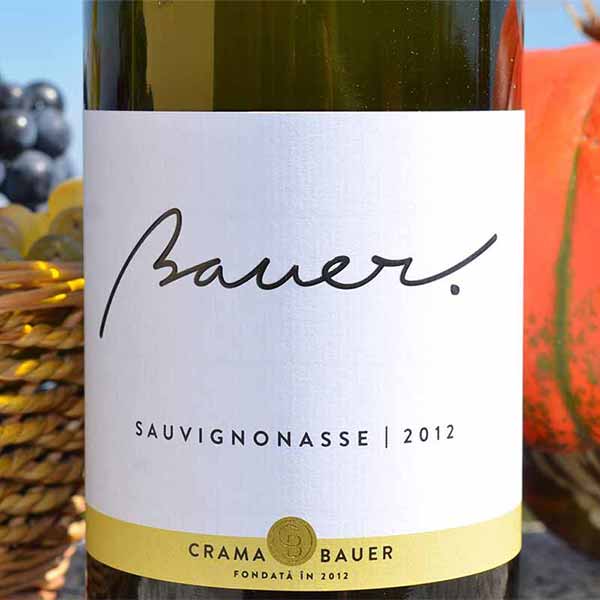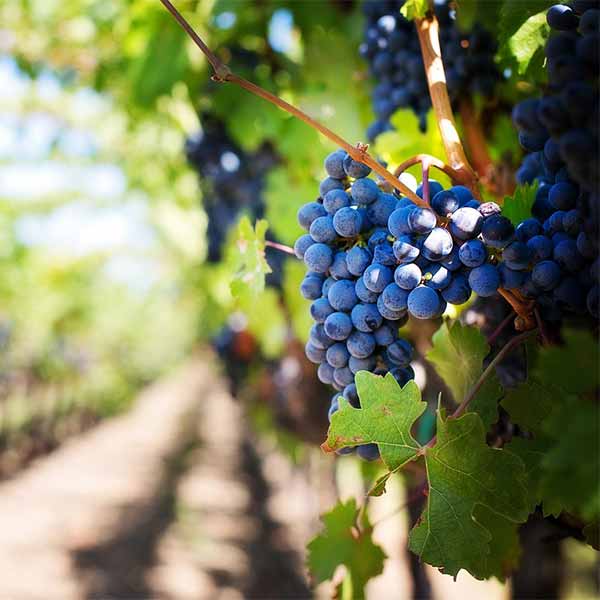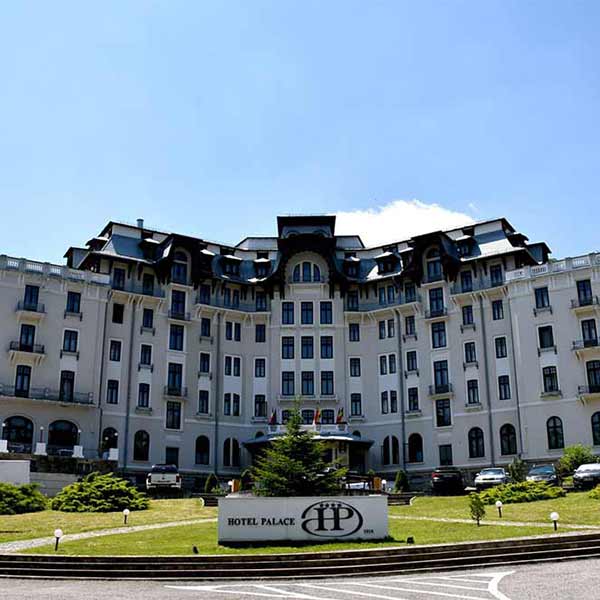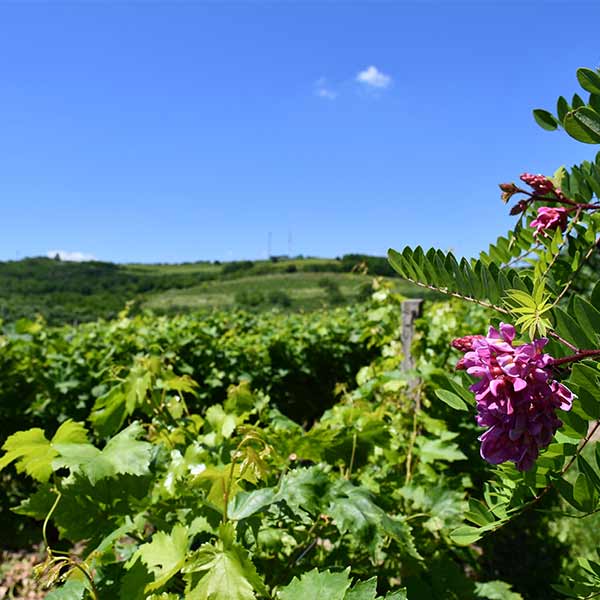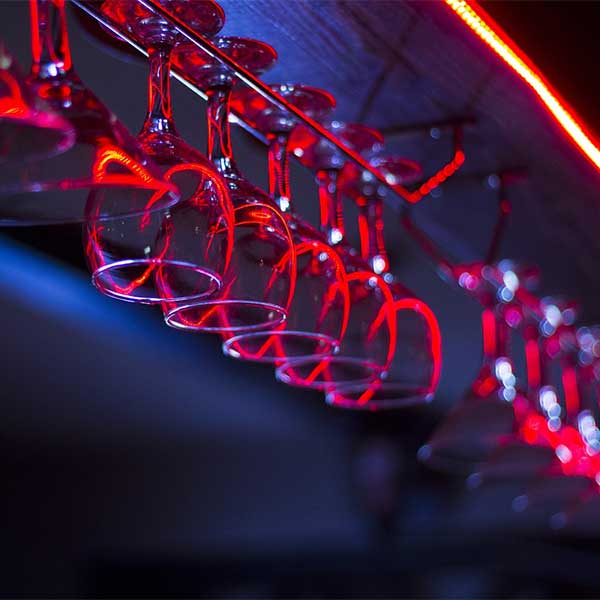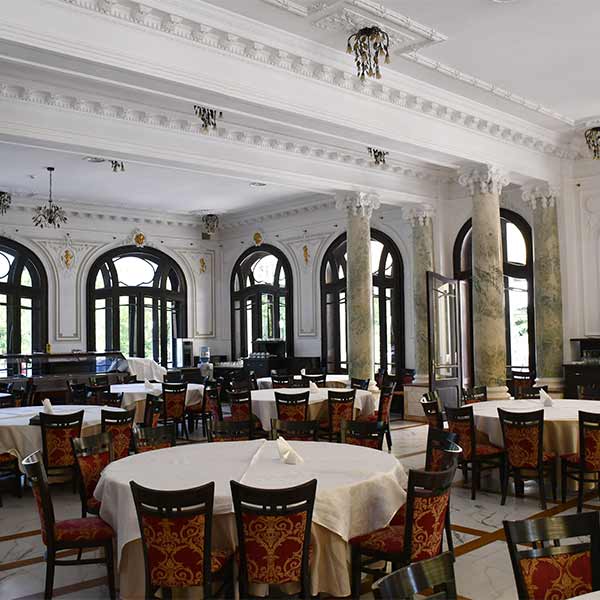
Bistrita Monastery
Bistrita Monastery
Pisania: “This holy and divine monastery is said to be built from the foundation by Barbu the Banul of Craioves who took the monastery here and the ingenious cynic of the monks later…”(1683).
Founding of the Craioves nobles Bistrita Monastery dates from around 1490. But the first documentary attestation of the monastery is preserved in the “Hrisovul de danie” dated 16 March 1494 belonging to Vlad Voda the Monk. In 1497 the great banker Barbu Craiovescu brought from Constantinople the relics of St. Gregory the Decapolite (780-842). It was heavily damaged by the expedition led by Micah the Bad in 1509. After the latter’s removal, Ban Barbu, with the support of Neagoe Basarab, rebuilt it between 1515-1519. The painting was attributed to the master painters Dumitru, Chirtop and Dobromir, whose names are also linked to the frescoes of the Dealu Monastery near Targoviste and the execution of the stone works of the Curtea de Arges ensemble.
| Schedule: | |
|---|---|
| Monday to Sunday | Non-stop |
From the foundation of Craioves today there is still the Bolnitei church (1520-1521). Having an impressive interior fresco from the late Palaeolithic tradition when artistic elements used by Cretan iconographers began to penetrate the Balkans, the church is dedicated to the “Change of Face”.
Later, Serban Cantacuzino added an open porch of masonry on stone pillars, painted by Joseph the Hieromonk and Hranite, in the Brancovenesc style (1710).
It should be noted that in the monastic complex of Bistrita was installed the first printing press in the Romanian Country, of the hieromonk Macarie, as well as a bookbindery of church books. Here – according to some researchers – was printed in 1508 the Slavonic Liturgy of the monk Macarie, the first book printed on Romanian soil.
Hieromonk Eftimie, abbot of the monastery, wrote the first monastic act in Romanian, known as Eftimie’s Zapisul 1573. Another representative of the Slav-Roman school is the hieromonk Mihail Moxa who in 1620 printed the Universal Chronicle and in 1640 the Govora Pravila.
In 1683 the ruler Constantin Brancoveanu gave to the monastery a polycandle decorated with ostrich eggs, worked in Vienna, several objects of worship, liturgical books and the big bell weighing 800 kg. The entire monastery complex, which was painted in 1820 by the banal Grigore Brancoveanul, was also repaired.
A strong earthquake in 1838 will affect the entire construction that will be restored for 10 years, starting in 1846 during the reign of Gheorghe Bibescu and ending on August 15, 1855 during the reign of Stirbei Voda, when it was consecrated the large church dedicated to the Assumption of the Virgin Mary.Pictura noii biserici, construita in stil neogotic, a fost executata de Gheorghe Tattarescu in 1850, o pictura realista monumentala cu registre largi.
After 1877 various monastic settlements functioned in Bistrita Monastery. In 1948 it was transformed by decision of the Holy Synod into a monastery with nuns, and then by decree 410/1959 abolished.
In 1984, an extensive process of revival of monastic life began at the Bistrita Monastery, under the guidance of His Holiness Gherasim, organizing a center for the conservation and restoration of heritage goods: icons and books. From 2003 a Museum of printing and church books will be opened in Bistrita Monastery. It has very good accommodation possibilities.
Thanks Vâlcea Turistica for permission to use the photos and information.

